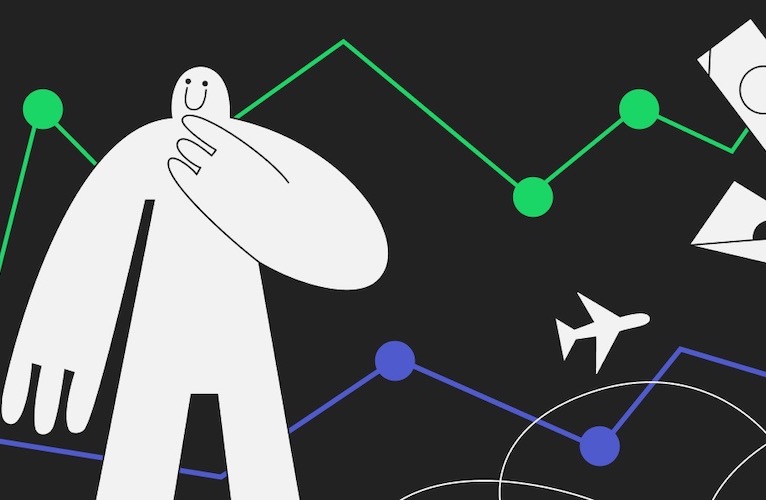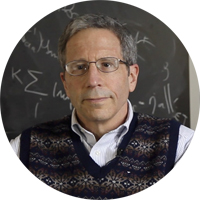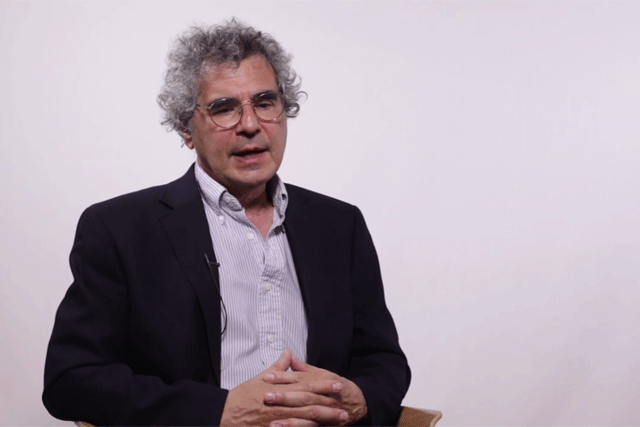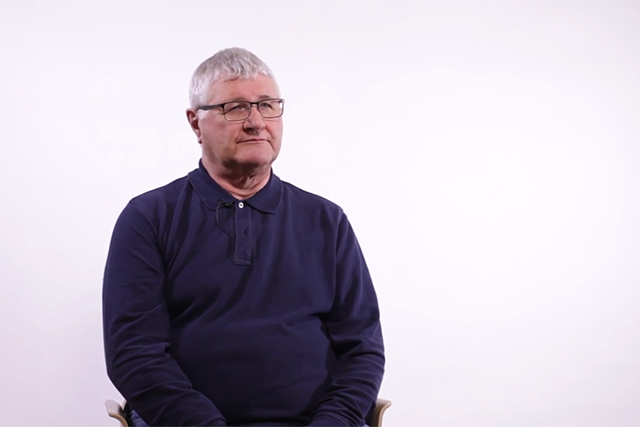«Any area of economic life is ripe for mechanism design theory»
Interview with 2007 Nobel laureate in Economics Eric Maskin on game theory subdiscipline
talks | October 8, 2014

You are famous for your work on mechanism design theory. If you were to give a short but precise definition of it, what would it be?
Mechanism design is the “reverse engineering” part of economics. You start with the goals that you want to achieve and then you work backwards to figure out what kind of procedure or mechanism will achieve those goals.
For example, if a city wants to improve traffic – most cities want to do that – there are lots of ways in which it could be done: you could ban cars from the city, you could charge drivers different rates depending on where they go, you could increase the tax on petrol, you could keep cars with certain license numbers off the road on certain days, or you could do a combination of all these and other things. Mechanism design tells which combination is likely to work best for your particular city.
In your Nobel lecture you said that mechanism design theory combines the beauty of mathematics and potentially limitless applications to social life and economics. What are the major applications and what are perhaps your favorite ones?
One major application has been to the radio spectrum auctions that have been conducted around the world. The right to broadcast on many radio frequency bands used to be limited to government. This was inefficient because telecom companies could have made better use of this spectrum for mobile phones, television, and the like. So, lots of countries conducted auctions in which the spectrum was transferred from government to the private sector. These auctions were designed using the principles of mechanism design.
Another application I have been interested in recently is to the design of presidential elections. The election methods typically used in practice are badly flawed. They work all right when there are only two candidates, but in many elections there are more than two candidates. Thus, for example, there have been some rather bizarre electoral outcomes in recent years in both the United States and France. Mechanism design can be used to design better election methods.
As far as I know, in America it is usually about the two candidates.
Actually, it is often about three. In fact, in the 2000 presidential election, there was a third-party candidate, Ralph Nader, who completely changed the outcome of that election. If he had not been running, Al Gore would have won, but because he was running, George W. Bush won.
For public decisions, we usually consider the government to be the mechanism designer. But the authorities might have their own interests like staying in power, etc. Then the society has to “design” a designer. Does mechanism design theory have methods to work with multiple layers of design?
Sure. You can think of a country’s Constitution as the most fundamental layer. A Constitution is itself a mechanism, which prescribes what authorities can and cannot do, how they can be removed from office, and how other authorities can constrain their power.
I guess, there are national traits that one should take into account when designing such a system.
Yes, the right choice between proportional representation or a constituency-based legislature, for example, may come down to a country’s cultural characteristics.
How come that a single theory can be implemented in both economics and politics? What makes it so diverse?
Well, I am not sure ultimately there is a big difference between economics and politics. They are both studying how to make the best decisions given the constraints that society faces. In economics, the constraints may be resources, and in politics the constraints may be different interest groups, but the same principles apply in both fields.
Can you give an example of how mechanism design theory works?
Sure. Suppose that a government wants to award a spectrum license to the telecom company that values the license the most. How can it make sure that the right company gets the license? It turns out that a “second-price auction” – one of the most important mechanisms in the mechanism design literature – will solve the problem: each company makes a monetary bid for the license, the winner is the highest bidder, and the winner pays the second-highest bid. A little analysis shows that in such an auction each company is best off setting its bid equal to its valuation of the license. So, the winner will indeed be the company that values the license the most.
As far as I understood, the theory can overcome some information deficiency. What information is needed and what information is acquired?
In the telecom example, for instance, the critical information is which company values the license the most. Now, the government will not know beforehand which company this is – that is the deficiency. But that information is generated through executing the mechanism, in this case the second-price auction.
Do individuals take into account the opinion of other individuals?
There are certainly many settings where it is quite natural for one agent to take others’ opinions into account. For instance, in the telecom context, suppose that company A knows that company B has good information about future demand for telecom services. In this case, assuming that A does not have the information too, A will want to make inferences about it from B’s bidding behavior. Mechanism design theory can readily accommodate this possibility.
Was it any certain one of your works that was awarded with the Nobel prize?
According to the Nobel Prize website, the Prize committee paid particular attention to a paper I wrote in 1977 on the implementation of social goals. You can express a social goal as a mapping from the space of people’s preferences to outcomes: For each configuration of preferences that people could have, the social goal specifies what the outcome should be. The difficulty is that a mechanism designer may not know what the preferences are, just as in the telecom example, the government does not know companies’ valuations of the license. But sometimes it is possible to find a mechanism – like the second-price auction – that achieves the goal despite the lack of information. In that case, we say the goal is implemented by the mechanism. The 1977 paper characterizes when a goal is implementable and when it is not.
Do you see any further applications of mechanism design theory and what parts of social life it can improve?
I think any area of economic life in which free markets are not fully successful, i.e. in which they do not implement our social goals, is ripe for mechanism design theory. For example, markets do not implement the goal of limiting climate change, and so mechanism design is needed there. And markets will not achieve the goal of preventing financial crises, so again we must make use of mechanism design to construct an effective regulatory framework.
If we take the problem of climate change, who are the mechanism designers and who are the interest groups?
The mechanism designers might be the policy makers and advisors trying to fashion an international treaty to limit greenhouse gas emissions. The interest groups include the various countries of the world, who care about climate change but also about their own economies (and thus worry about the possible adverse economic effects of reducing emissions).
Do you have any experience of working with this certain problem?
I worked on a carbon dioxide auction for the UK government a number of years ago. The government wanted to provide incentives to British companies to reduce their carbon emissions. The job of the mechanism designers was to make sure that the government got as much emission reduction as possible for the money they were putting up.





























